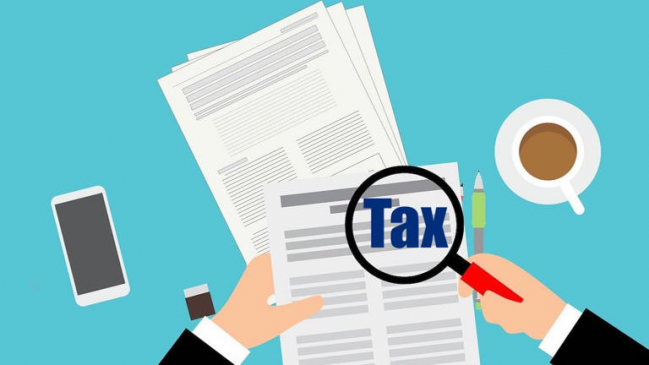Simplicity is one of the cardinal principles of taxation. Over the decades, the income tax law has become one of the longest and complex pieces of legislation. It is difficult even for salaried individuals to determine their tax liability without the help of tax professionals. Various exemptions, deductions and rebates were introduced from time to time to cater to various interest groups and also to further other policy objectives like long-term investment and savings, social security, insurance, charity, etc. Time, cost and effort of various stakeholders required to comply with and implement these provisions also went up enormously.
Read More: ITR filing rules for children 2023: When is it mandatory to pay taxes and file returns?
In the past, unsuccessful attempts were made to completely rewrite the income tax law. Within the existing law, there have been attempts in the last few years to provide an alternative for taxpayers to move away from the traditional deduction/exemption-based regime to a simpler regime with moderate tax rates.
In 2020, an option was given to the individuals and HUFs to shift to a new regime with relatively lower tax rates, provided the taxpayer was ready to forego various deductions and exemptions.
Statistics show that the response of the taxpayers to the new regime has been lacklustre till now. Only a small percentage of the taxpayers opted for the new regime, while the majority still preferred the old regime. The main reason appeared to be the availability of deductions on account of repayment of principal and payment of interest on housing loans, life and medical insurance premium, interest on education loans, medical expenses, standard deduction, etc. under the old regime, which did not leave any monetary incentive to taxpayers to adopt the new regime.
In order to change this situation, the latest budget has proposed to further reduce/ favourably change the slab rates, offer certain deductions like a standard deduction of Rs.50,000 for salaried class, family pension deduction upto Rs.15,000, increased rebate limit of Rs.7 lakhs and reduction in the highest surcharge rate from 37% to 25% for those opting for the new regime. Moreover, the benefit of the new tax regime is proposed to be extended to other categories of taxpayers, viz. Associations of Persons (AOP), Body of Individuals (BOIs) and artificial juridical persons (AJPs), aside individuals and HUFs.
Read More: ITR filing online: Check last date and all about ITR 1 Sahaj form for salaried employees
Undoubtedly, going forward more taxpayers may find it beneficial to switch over to the new regime, especially the salaried employees having income up to Rs.7.5 lakhs. However, taxpayers in the higher income bracket may still stick to the old regime to maximize deductions to lower their tax incidence.
By making the new regime the default option, the Government is sticking to its plan to disband the old regime altogether in the future. It also appears that the earlier policy of using tax incentives to promote targeted investments, savings, and expenditures, is no longer considered relevant. Hence, it would be better to phase out some of the deductions/exemptions from the old regime, rather than introducing similar deductions/exemptions under the new regime. Otherwise, we may end up getting the old wine in a new bottle.





































